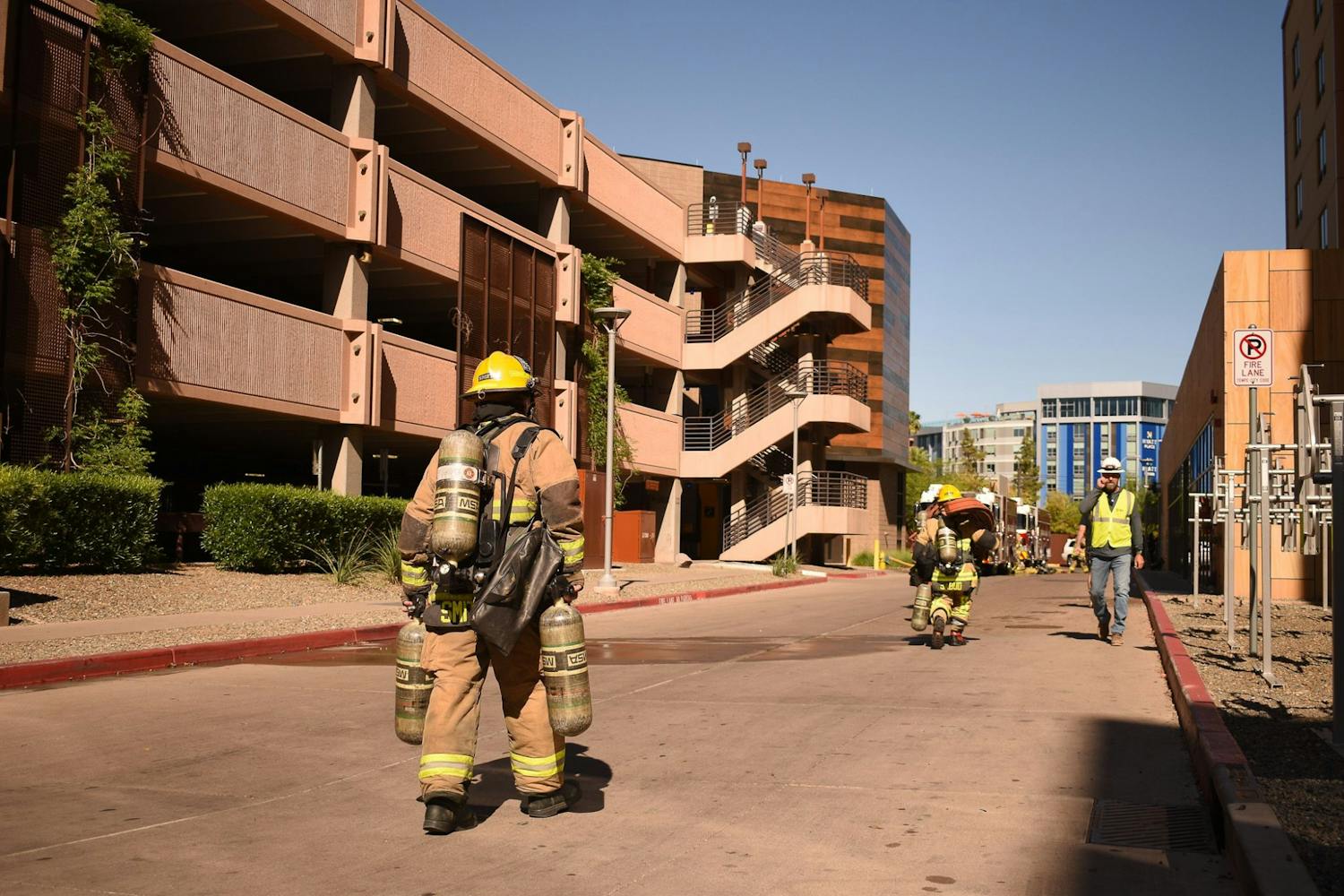Two researchers at the ASU Biodesign Institute have teamed up with a leading Phoenix Children’s Hospital oncologist in an effort to discover the cause of desmoplastic small round cell tumors.
The tumors are a rare and highly lethal form of cancer affecting mainly young men and children.
Biomedical informatics professor Valentin Dinu, Biodesign Institute Center Director Joshua LaBaer and Phoenix Children’s Hospital oncology expert Pooja Hingorani began researching the source of DSRCT in October.
LaBaer said part of his motivation for studying such a rare disease came from DSRCT’s pattern of attacking young people and children.
“Make no mistake, this disease is an absolute child killer,” LaBaer said. “We are at war with this affliction, and fortunately we now have the tools to sequence tumorous genomes and genetic samples, in a way that sheds light on the molecular processes that allow the disease to emerge.”
The new wave of research is funded by a three-year, $250,000 grant from the Hyundai Hope On Wheels nonprofit organization to help the fight against childhood cancer.
Dinu said the emergence of next-generation genomic sequencing has permitted researchers to gain a clearer idea of what genetic mechanisms go wrong with DNA, allowing for DSRCT and other diseases to occur.
“Next-generation genomic sequencing represents a very exciting avenue of technology for us,” he said. “NGS technology has been maturing over the last few years and has allowed us to explore entire genomic sequences.”
The two genomic sequencers utilized by the research team are housed at the Tempe campus’s Biodesign Institute.
Dinu said progress in discovering the underpinnings of the disease has been steady, but years of further research are needed to establish concrete treatment methods.
“It is a long process, and there is a lot that goes into it,” he said. “Analyzing the genetic samples and deriving data from them can be tedious, but ultimately our work here revolves around saving lives, and that’s what keeps us going.”
Hingorani has done hands-on work with the disease, including treating a victim who eventually made a full recovery.
Hingorani said the disease is highly fatal, and only 20-to-30 percent of those afflicted will survive.
“I am optimistic that eventually we can attain more effective overall treatments,” she said. “It starts with identifying the indicators of DSRCT. Right now it is highly fatal, but I think that with this new technology we can expect significant progress in our lifetime.”
Reach the reporter at mjgordo1@asu.edu



